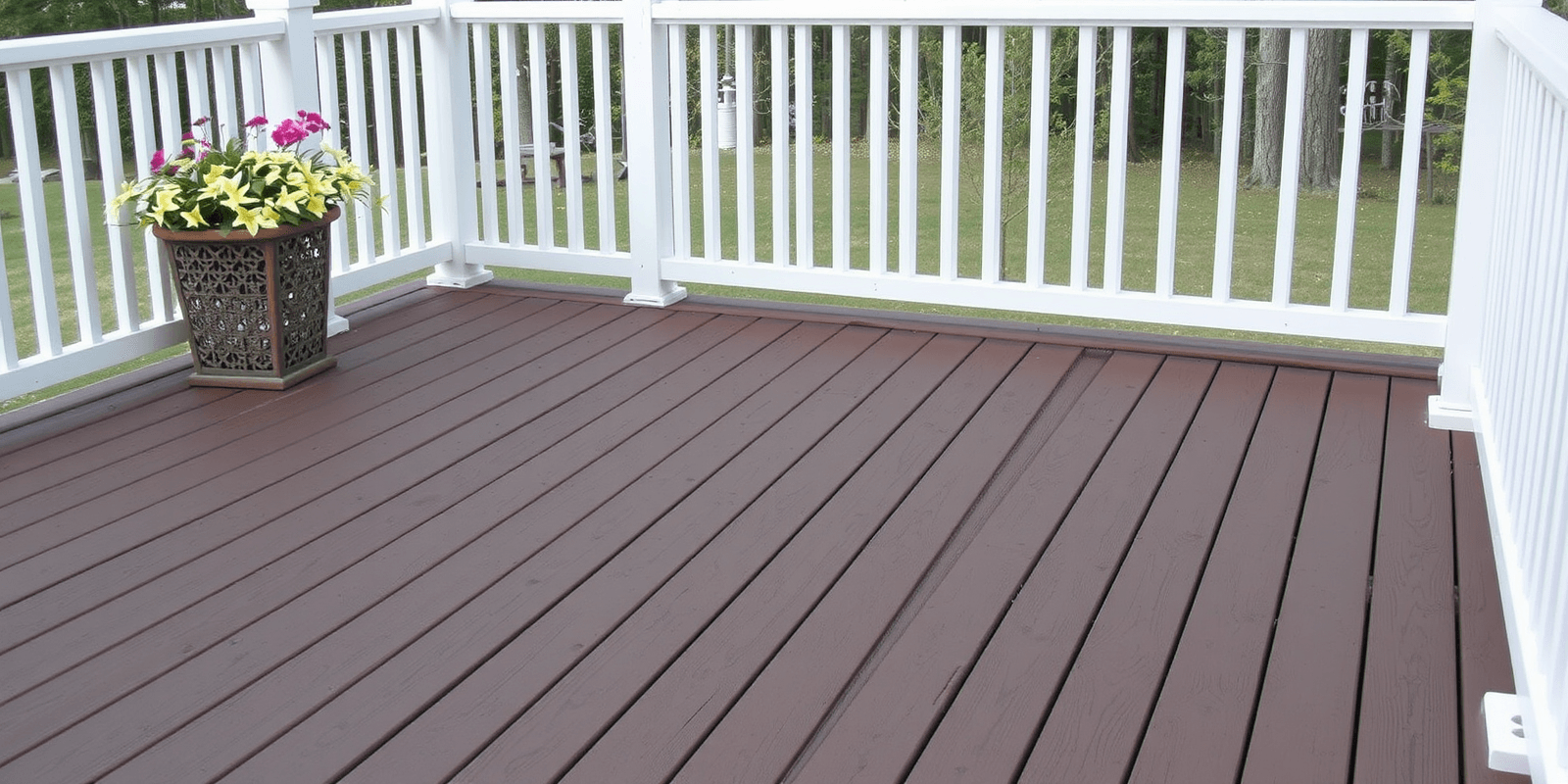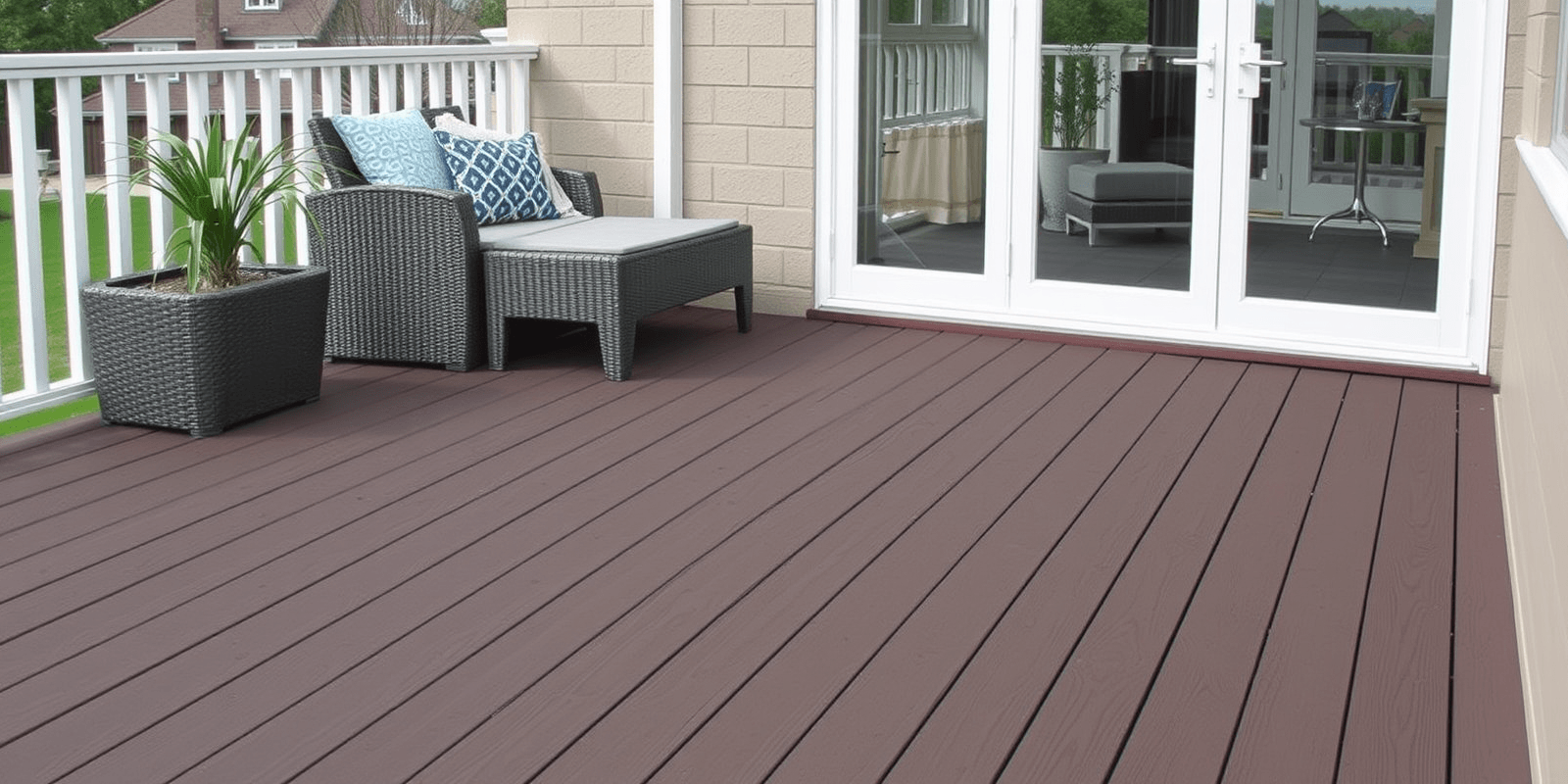“`html
What is Meant by Capped Composite Decking Board
Introduction
In recent years, composite decking has become increasingly popular due to its durability, low maintenance, and aesthetic appeal. Among the various types of composite decking, capped composite decking boards stand out for their superior performance and longevity. This article will delve into the definition of capped composite decking boards, compare them with traditional wood and uncapped composites, and discuss their unique features such as UV resistance, moisture protection, and color retention.
Definition of Capped Composite Decking Boards
Capped composite decking boards are a type of composite decking that features an additional protective layer or “cap” over the core material. This cap is typically made from a blend of polymers and other materials designed to enhance the board’s resistance to weathering, stains, and scratches. The cap can be formulated to provide specific benefits, such as improved UV resistance, enhanced moisture protection, and better color retention.
Comparison with Traditional Wood and Uncapped Composites
Traditional wood decking requires regular maintenance, including sealing, staining, and sanding, to prevent rot, decay, and fading. In contrast, capped composite decking offers a low-maintenance alternative that requires minimal upkeep. While uncapped composite decking provides some level of protection against the elements, it lacks the added layer of defense provided by the cap on capped composites. As a result, capped composites generally offer longer-lasting performance and a more consistent appearance over time.
Unique Features of Capped Composite Decking Boards
UV Resistance
One of the key advantages of capped composite decking is its superior UV resistance. The cap contains additives that help protect the board from sun damage, preventing discoloration and degradation over time. This feature ensures that the decking maintains its original color and appearance, even in areas with intense sunlight.
Moisture Protection
Capped composite decking boards also offer enhanced moisture protection compared to traditional wood and uncapped composites. The cap acts as a barrier against water absorption, reducing the risk of warping, swelling, and mold growth. This makes capped composites ideal for use in humid climates or areas prone to heavy rainfall.
Color Retention
The cap not only protects the core material but also helps retain the board’s original color. Unlike traditional wood, which can fade and lose its luster over time, capped composite decking retains its vibrant hues, ensuring a beautiful and consistent look throughout the lifespan of the deck.
Conclusion
Capped composite decking boards represent a significant advancement in outdoor living solutions, offering unparalleled durability, low maintenance, and aesthetic appeal. By incorporating a protective cap, these boards provide enhanced resistance to UV rays, moisture, and color fading, making them an excellent choice for homeowners seeking a long-lasting and visually appealing deck.
“`



